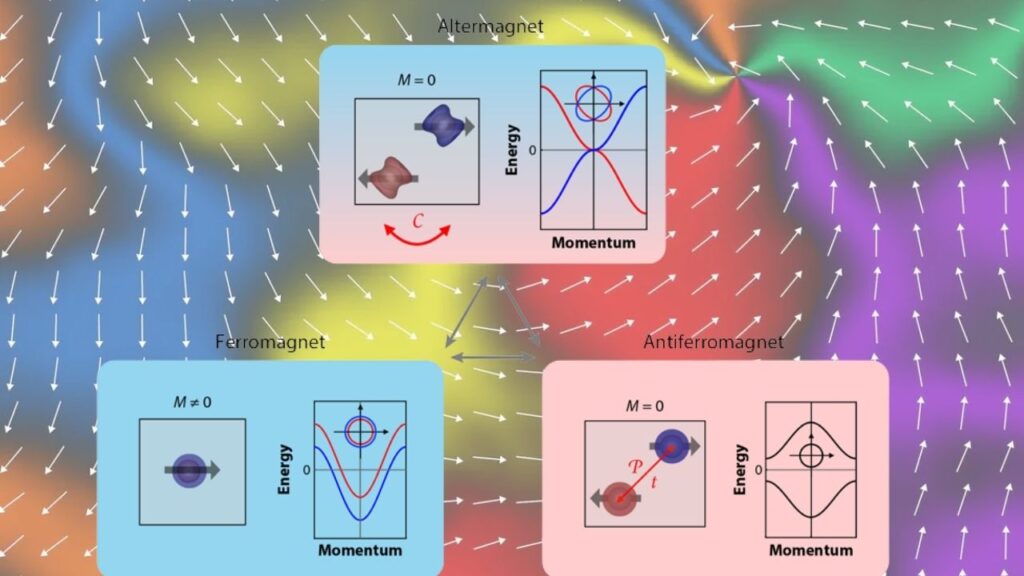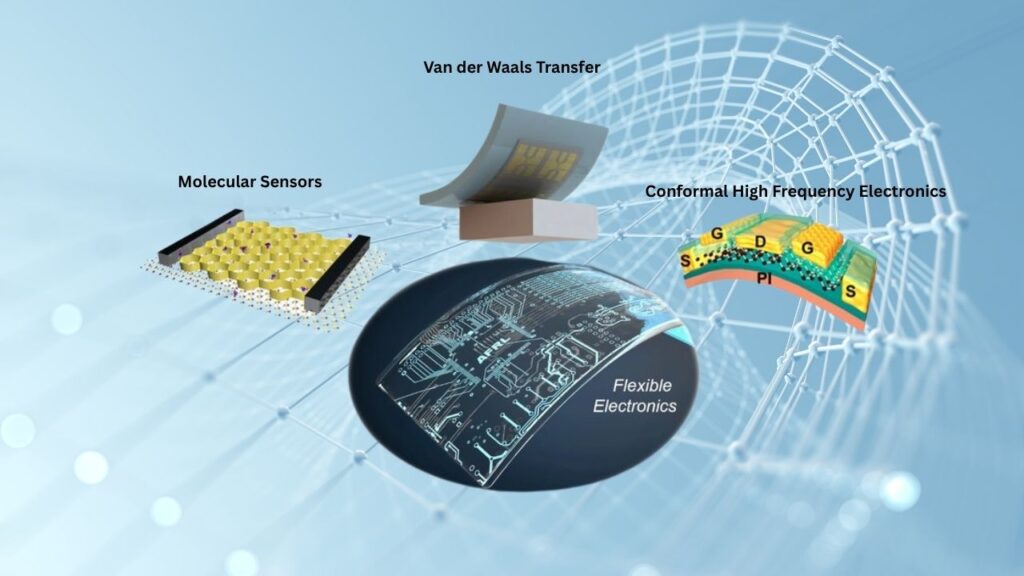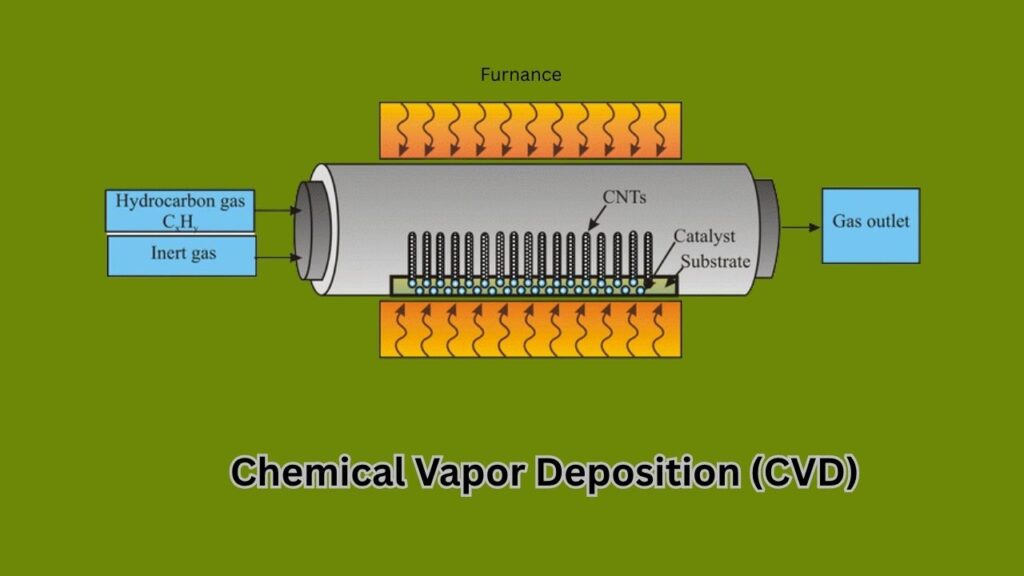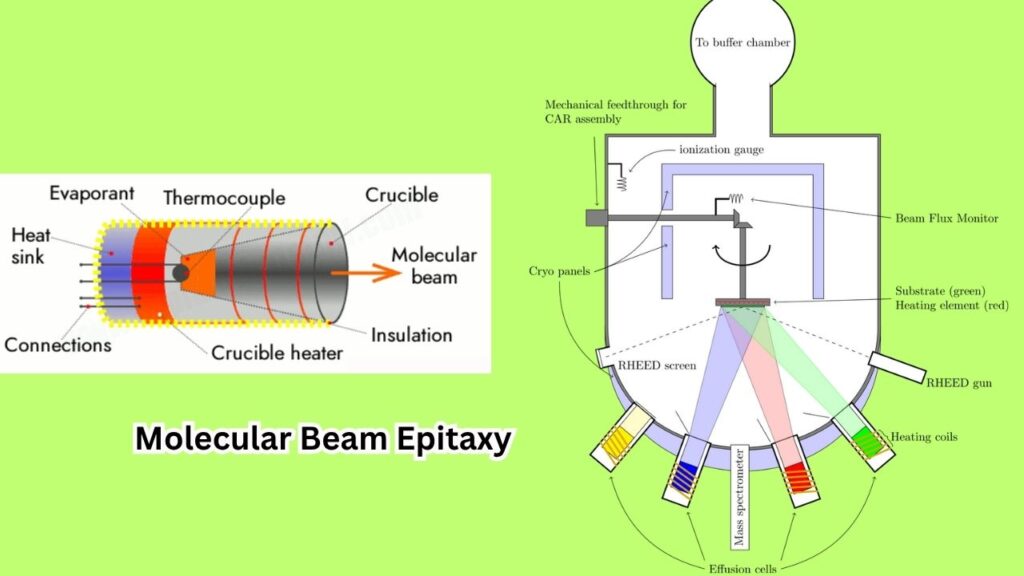Discovery Of New 2D Material: The discovery of a new 2D material confirming a decade-old prediction has excited scientists worldwide, as it promises to transform the future of electronics. This discovery centers on the detection of altermagnetism — a subtle magnetic property predicted over ten years ago but only now directly observed in ultra-thin materials. This breakthrough could fundamentally change how we design faster, more energy-efficient computers, memory devices, and even quantum technologies.

This article dives deep into what altermagnetism is, why this discovery matters, how it was achieved, and what practical impacts it will have in the coming years. We will explore the science in clear terms, present current data and statistics from verified sources, and outline the path from laboratory research to real-world applications.
Table of Contents
Discovery Of New 2D Material
| Feature | Details |
|---|---|
| Breakthrough | Direct observation of altermagnetism in 2D manganese telluride (MnTe) |
| Predicted Since | Early 2010s |
| Research Institutions | University of Nottingham, MAX IV Laboratory (Sweden), international collaborators |
| Imaging Technology | High-resolution soft X-ray microscopy |
| Applications | Energy-efficient electronics, faster microprocessors, non-volatile memory, quantum computing |
| Recent Research Output | 200+ peer-reviewed papers on altermagnetism published in last 12 months |
| Industrial Readiness | Early-stage research, projected 5–10 years to commercial adoption |
| Official Source | MAX IV Laboratory |
The discovery of altermagnetism in 2D manganese telluride represents a landmark achievement in materials science, confirming predictions made more than ten years ago. This discovery not only expands fundamental knowledge but offers a foundation for next-generation electronics that are faster, greener, and more powerful. While challenges remain in scaling and integration, ongoing research and collaboration bring us closer to a future where altermagnetic materials are at the heart of everyday technology.
Understanding Altermagnetism: The Science Behind The Discovery

Altermagnetism is a relatively new concept in condensed matter physics, describing a state where a material exhibits magnetic-like electronic behavior without being magnetically ordered in the traditional sense. Unlike familiar magnets, such as iron or cobalt that have aligned atomic spins producing a net magnetic field, altermagnetic materials have compensated spins arranged in a way that creates alternating magnetic effects.
How Is Altermagnetism Different?
- Ferromagnets have all atomic spins pointing in the same direction, producing a strong, uniform magnetic field.
- Antiferromagnets have alternating spins canceling out overall magnetism, making them magnetically “invisible” externally but with internal magnetic ordering.
- Altermagnets show a distinct symmetry in their spin arrangements, resulting in spin-polarized electronic bands with alternating signs in momentum space — a property not seen in the first two categories.
This unusual spin arrangement leads to unique electronic behaviors, such as spin-splitting of conduction electrons even in the absence of net magnetization. This means electrons behave differently depending on their spin direction, which can be exploited for spintronic devices that use electron spin instead of charge to store and process information.
Why Are 2D Materials Important?

Two-dimensional (2D) materials are crystalline structures only a few atoms thick, often a single layer. Their ultrathin nature gives them remarkable properties that differ significantly from their bulk counterparts, such as:
- Enhanced electrical conductivity
- Superior mechanical strength
- Exceptional optical characteristics
- High surface-area-to-volume ratios
The discovery of graphene, a single atomic layer of carbon, in 2004 sparked intense interest in 2D materials. Since then, materials like hexagonal boron nitride (h-BN) and molybdenum disulfide (MoS2) have been explored for electronics, photonics, and sensing.
Now, adding altermagnetism to the 2D materials toolbox expands the possibilities, introducing magnetic control and spintronics into ultra-thin devices.
The Discovery: How Researchers Visualized Altermagnetism
Despite theoretical predictions, detecting altermagnetism experimentally has been challenging due to its subtle nature. The breakthrough came when researchers used soft X-ray microscopy at the MAX IV Laboratory in Lund, Sweden, capable of imaging magnetic properties at nanometer resolution.
The Material: Manganese Telluride (MnTe)
- MnTe is a layered material previously considered an antiferromagnet.
- Using advanced imaging, scientists observed the altermagnetic spin patterns predicted by theory.
- This confirmed that MnTe hosts the long-sought-after altermagnetic phase, making it the first material where altermagnetism was directly detected.
Imaging Technique
The team employed resonant elastic X-ray scattering (REXS) and X-ray magnetic linear dichroism (XMLD) to probe the spin configurations. These techniques allow visualization of magnetic order without net magnetization, ideal for studying altermagnets.
Potential Impact On Electronics And Technology
This discovery is not just an academic milestone — it has real, practical implications.
1. Energy-Efficient Electronics
Traditional electronics waste energy as heat because moving charges interact randomly, causing resistance. Devices built on altermagnetic materials could control spin currents with less energy loss, making computers and phones cooler and more efficient.
2. Spintronics: The Next Frontier
Spintronics exploits electron spin, a quantum property, to encode information. Altermagnetic 2D materials provide a robust platform for spintronic devices that:
- Store data non-volatilely (keep data without power)
- Operate at higher speeds
- Resist external magnetic noise better than traditional materials
Companies like IBM and Intel have invested heavily in spintronics research, anticipating breakthroughs that could outperform silicon-based chips.
3. Quantum Computing
Quantum computers rely on delicate quantum states vulnerable to interference. Altermagnetic materials can provide stable quantum bits (qubits) by protecting spin coherence, a key to scalable quantum devices.
Challenges And Future Directions
While the discovery is promising, the path to commercial applications is complex.
Scalability

Producing 2D altermagnetic materials on a large scale without defects is challenging. Techniques like chemical vapor deposition (CVD) and molecular beam epitaxy (MBE) are being refined for this purpose.

Device Integration
Current electronic manufacturing relies on silicon. Integrating altermagnetic materials requires new fabrication methods and hybrid architectures.
Stability and Durability
Long-term operation under varying environmental conditions needs testing to ensure device reliability.
How Researchers Are Moving Forward
International collaborations have accelerated progress:
- Over 200 peer-reviewed studies have explored different materials exhibiting altermagnetism.
- Research funding from organizations like the European Research Council (ERC) and U.S. National Science Foundation (NSF) supports applied research.
- Tech companies are investing in startups working on 2D magnetic materials.
Berkeley Lab Unveils Doudna Supercomputer to Propel AI and Genomics Research
Universities Partner With Industry To Build The Next Generation Of Sustainable Semiconductors
Tech Meets Textiles: Smart Fabrics That Monitor Health and Power Devices
FAQs About Discovery Of New 2D Material
What makes altermagnetic materials different from magnets I know?
Altermagnetic materials have spins arranged so their net magnetization cancels, but their electrons still exhibit magnetic effects at a quantum level. This allows for advanced control of electronic spin without traditional magnetism.
How soon will this technology be in consumer products?
While research is active and progressing fast, most experts agree it will take 5 to 10 years before altermagnetic-based devices reach the market.
Can this discovery help reduce global energy consumption?
Yes. Electronics account for about 10% of global electricity use. More energy-efficient devices could contribute significantly to reducing overall consumption.
Are there any health risks with these new materials?
No known health risks have been identified. Research includes safety evaluations to ensure materials are safe to produce and use.
Where can I learn more about this research?
Official information is available from the MAX IV Laboratory and research publications in journals like Nature Physics and Physical Review Letters.



















